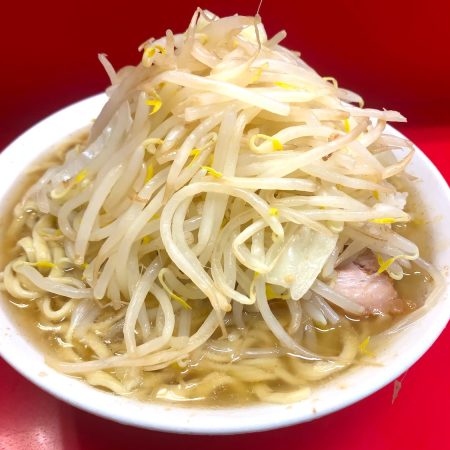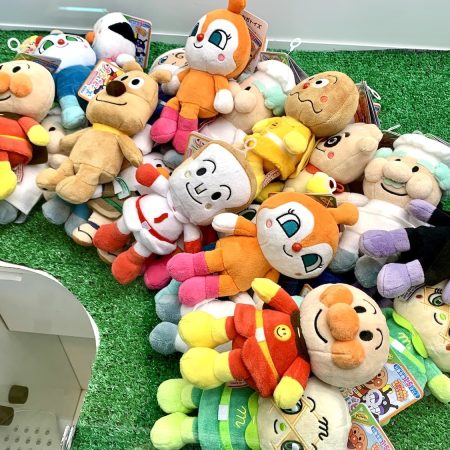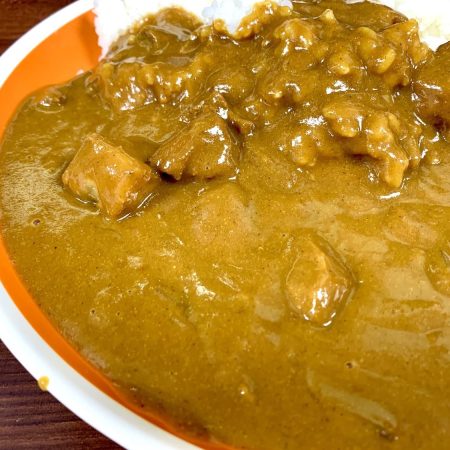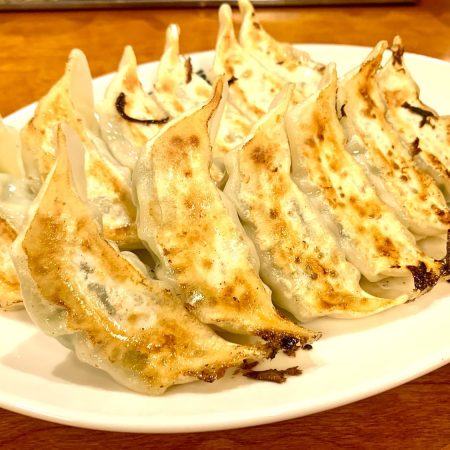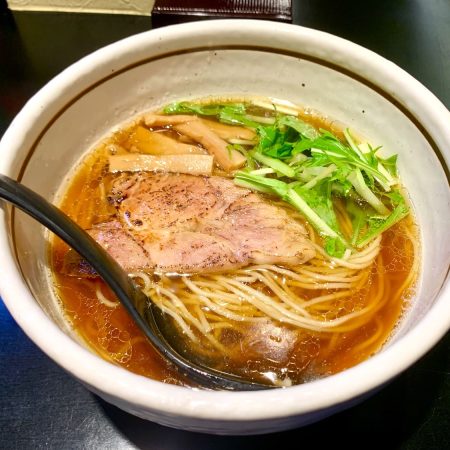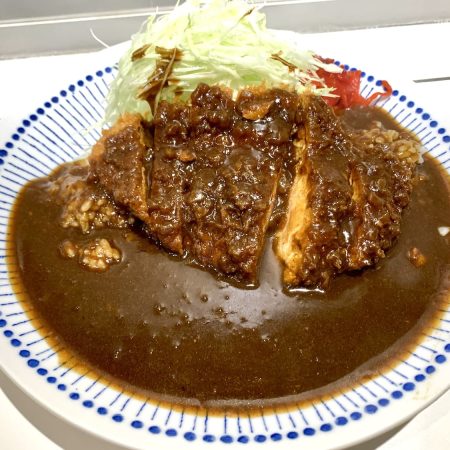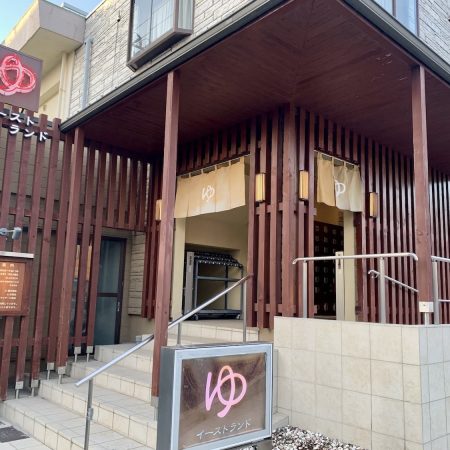Soba and Kakiage: A Culinary Harmony Rooted in Tradition
The combination of soba and kakiage enjoys significant popularity in Japanese culinary traditions, rooted in historical and dietary customs. Kakiage involves coating small seafood or vegetables in wheat flour batter and deep-frying them in edible oil. Seasoned with “tentsuyu” or “salt,” kakiage offers a diverse range of ingredient options, from seafood like shrimp and squid to vegetables like onions and carrots. Mixed kakiage, combining both elements, is common.
Soba, primarily crafted from buckwheat flour, has been a staple in Japanese cuisine since the Edo period. Historical context reveals that dining at soba establishments became widespread among common folk during this era, with tempura being concurrently provided.
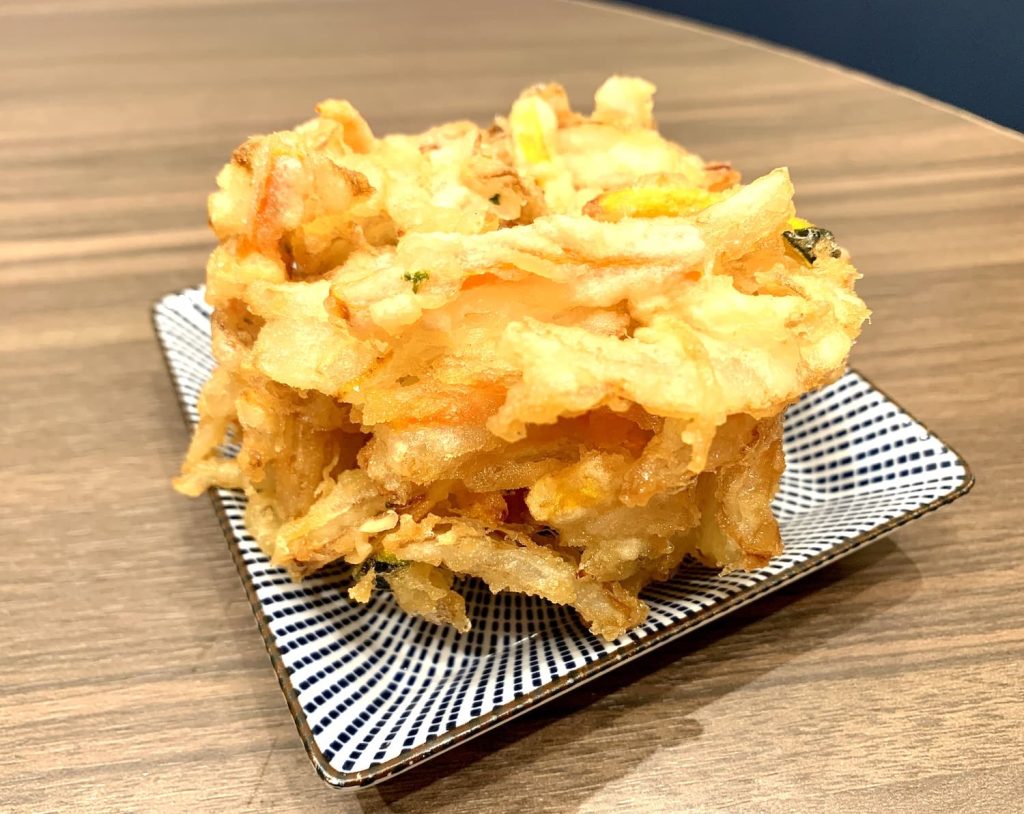
The synergy of soba’s refreshing essence with kakiage’s crispy texture results in a well-balanced repast when seasoned with dipping sauce or salt. Kakiage can be served atop soba or alongside warm soba or udon, sometimes as the concluding course. The addition of vegetable kakiage to soba enhances nutritional balance. In conclusion, the pairing of soba and kakiage embodies a cherished, time-honored aspect of Japanese culinary culture.



